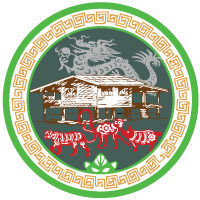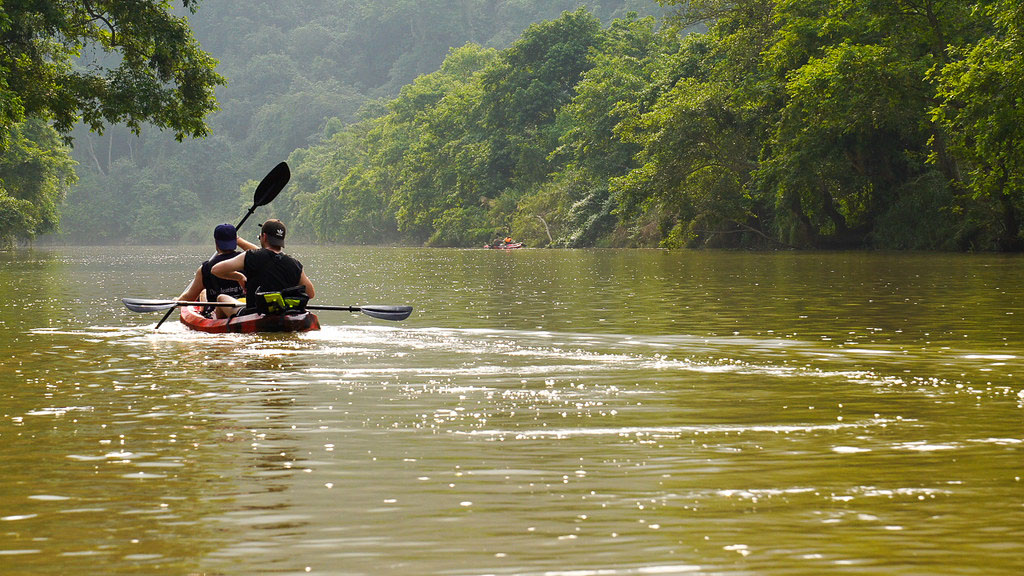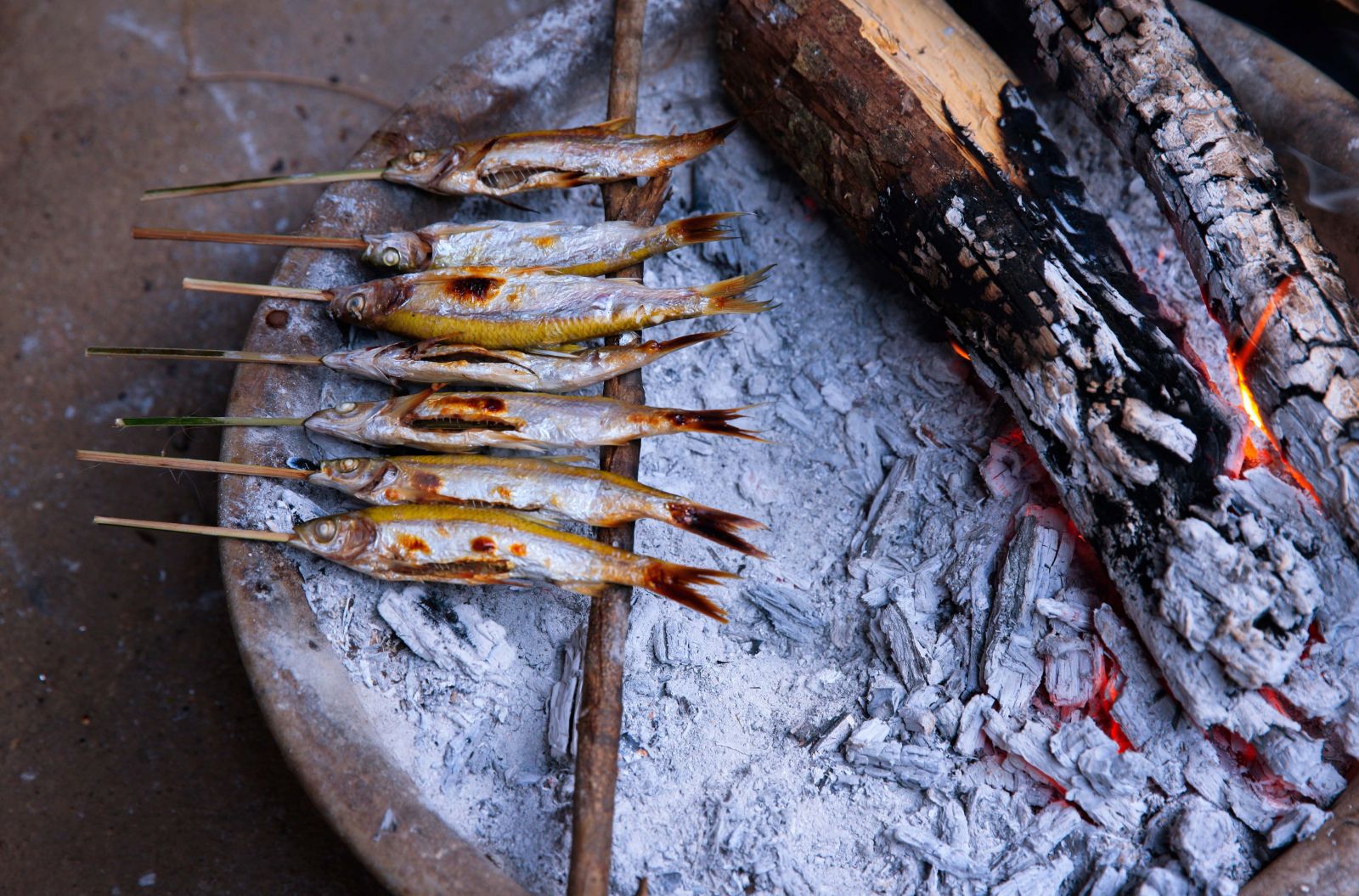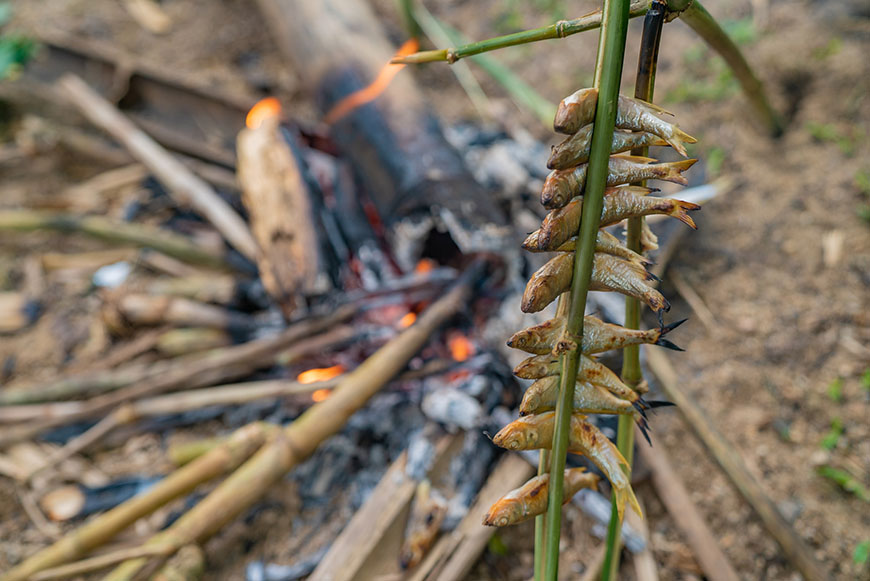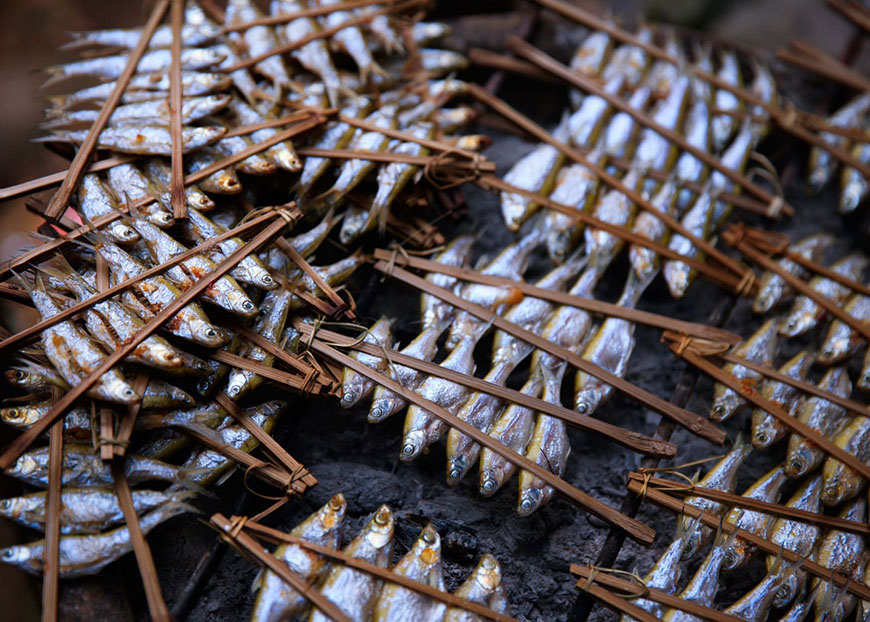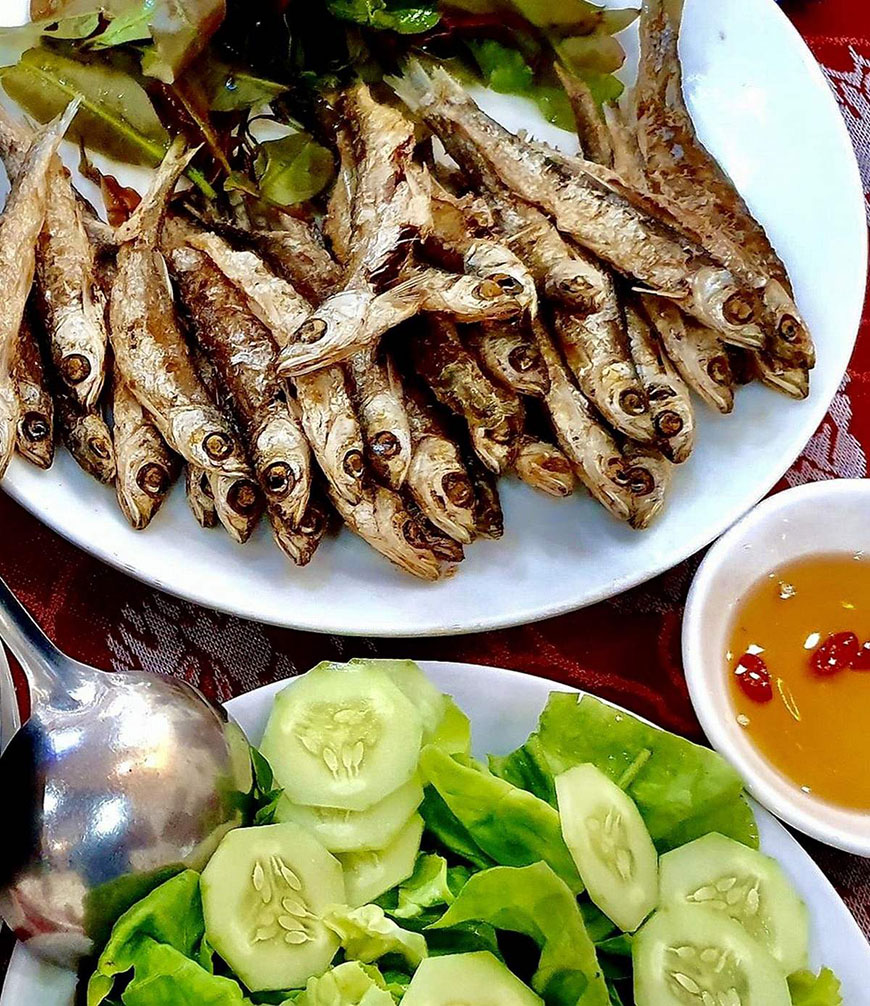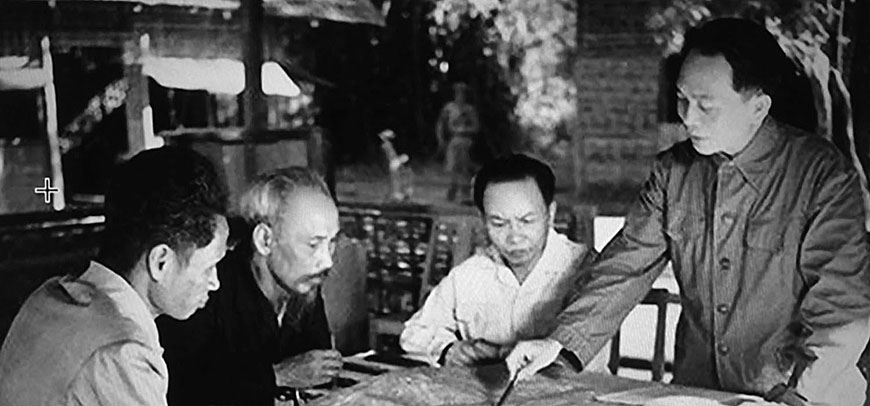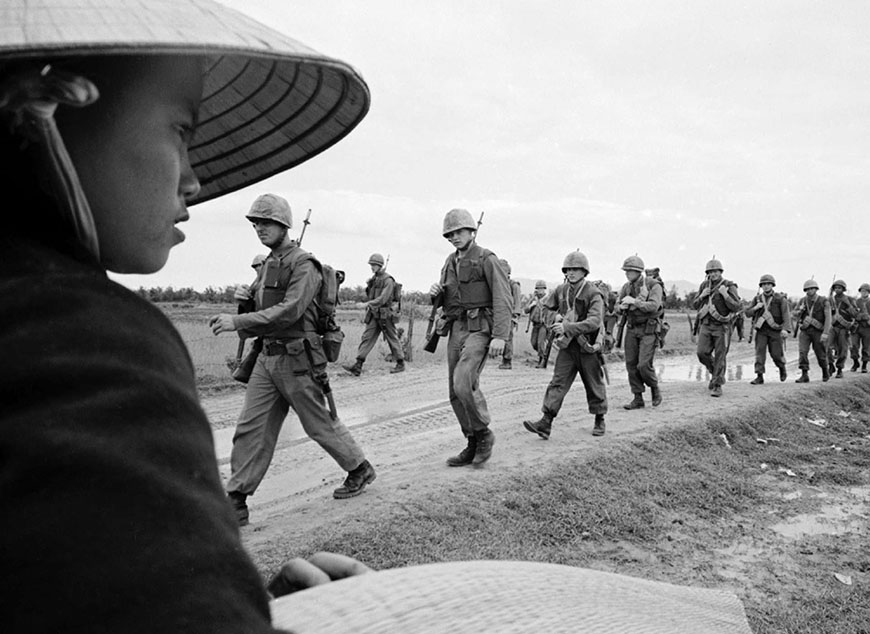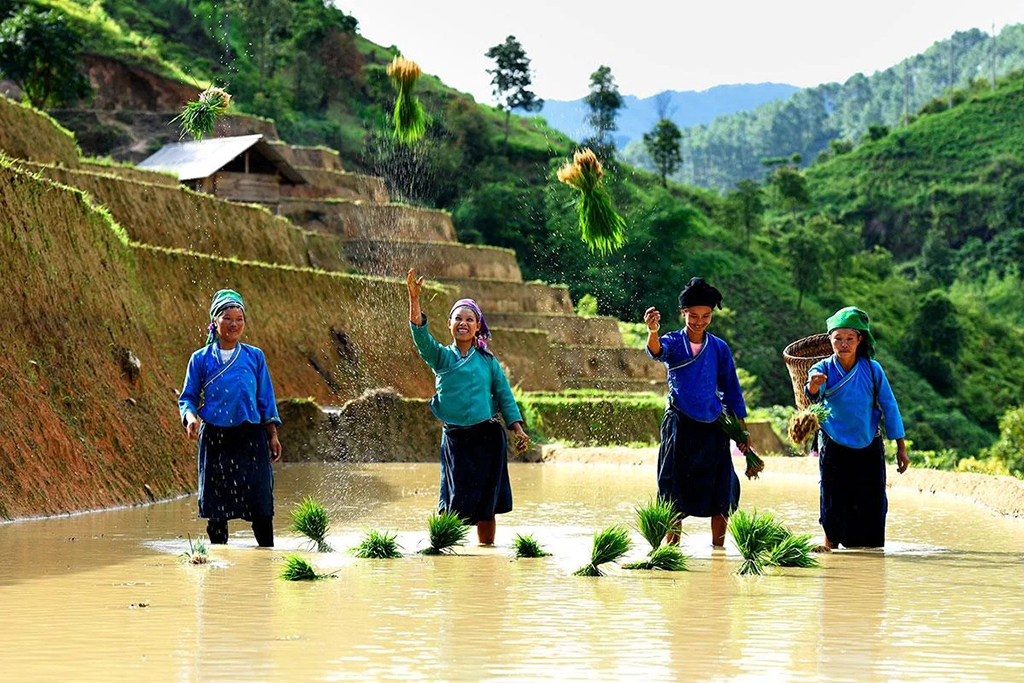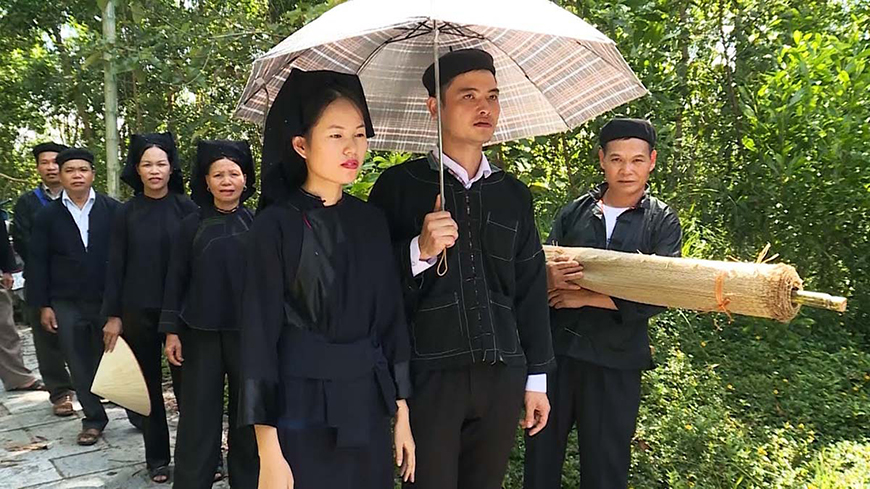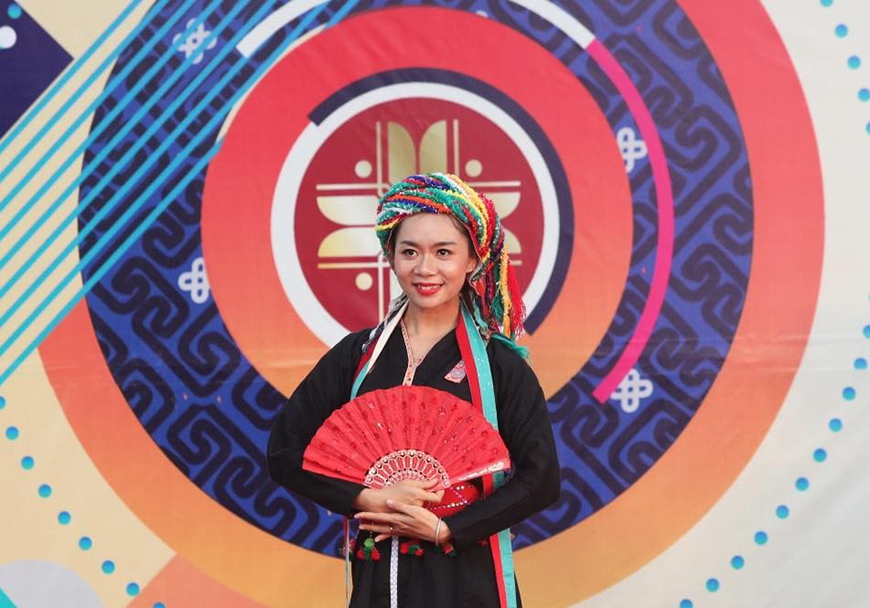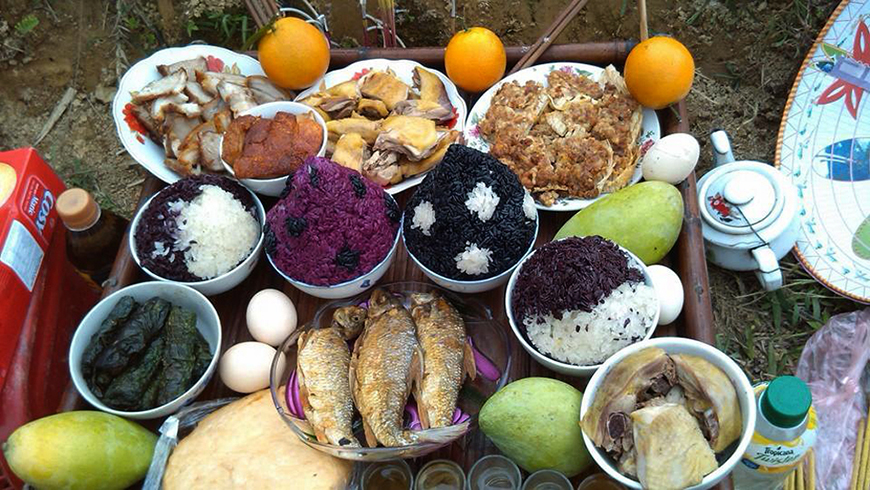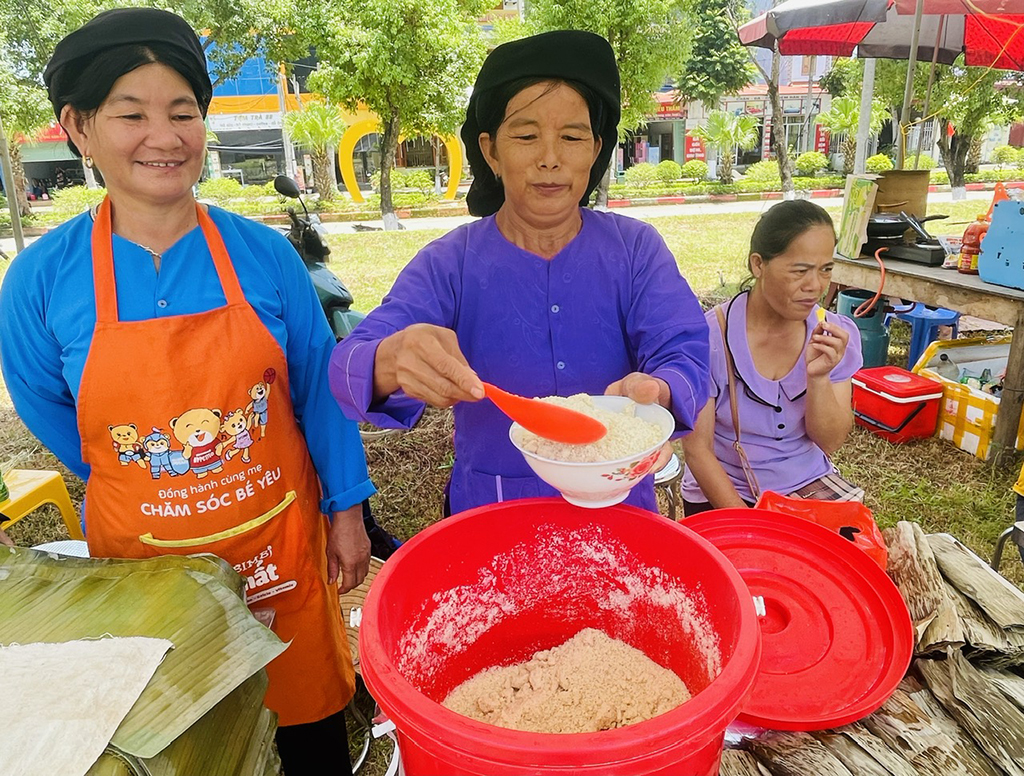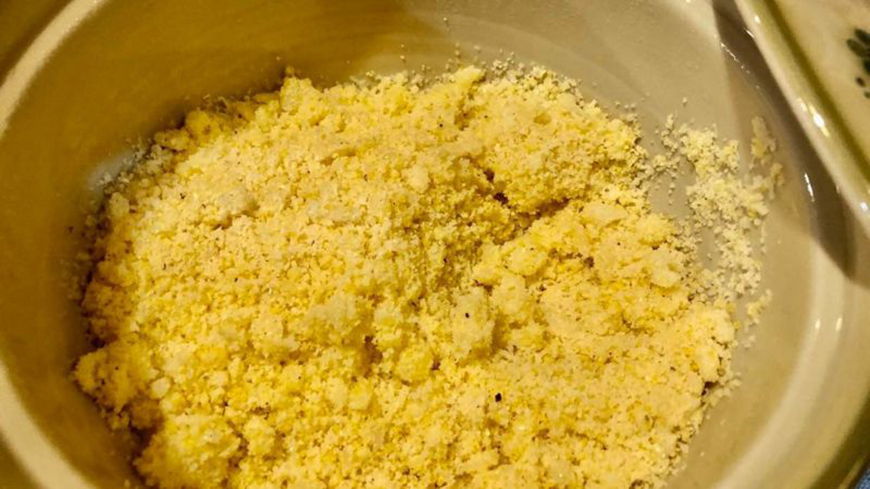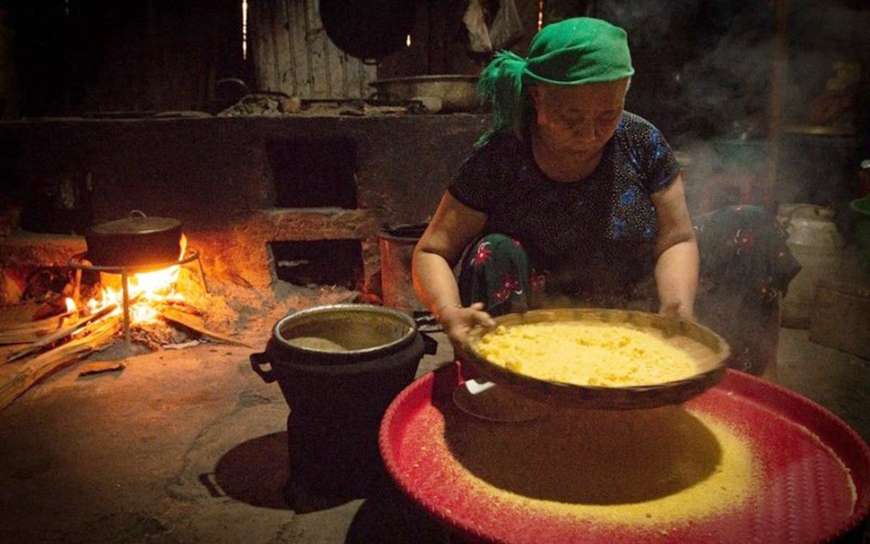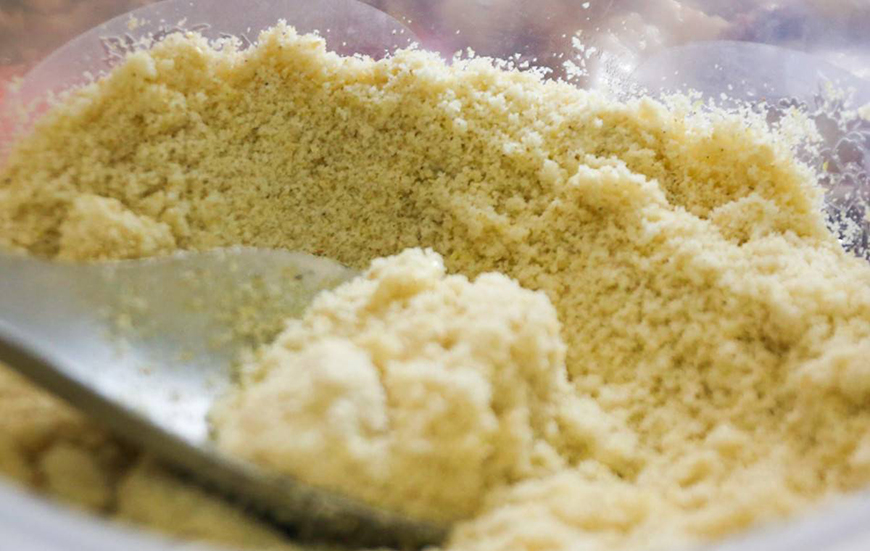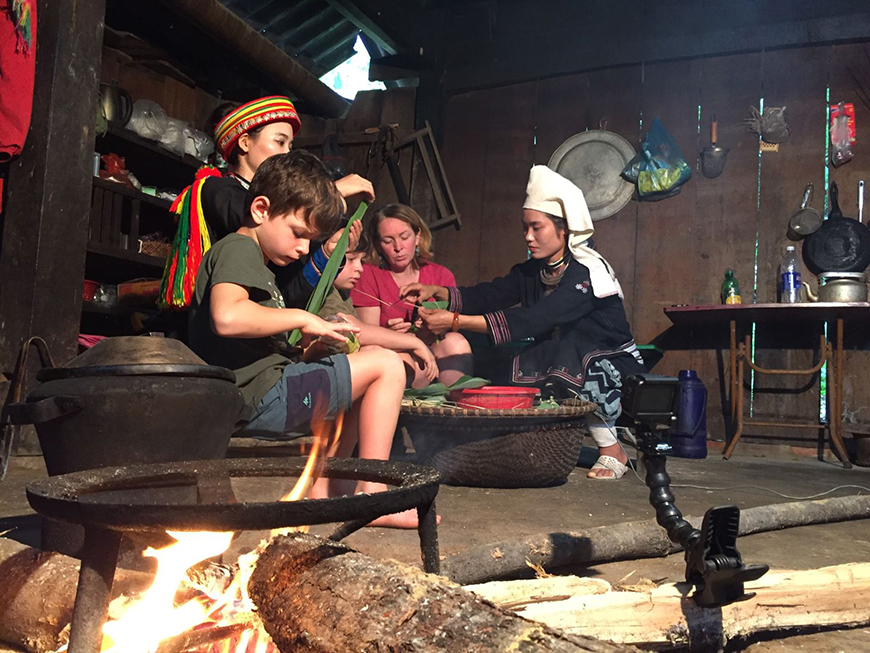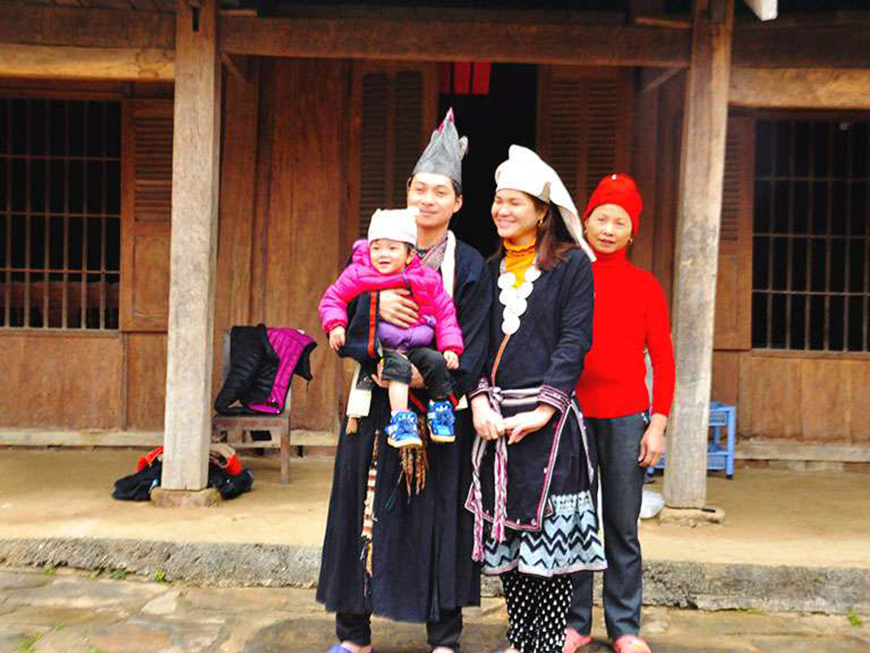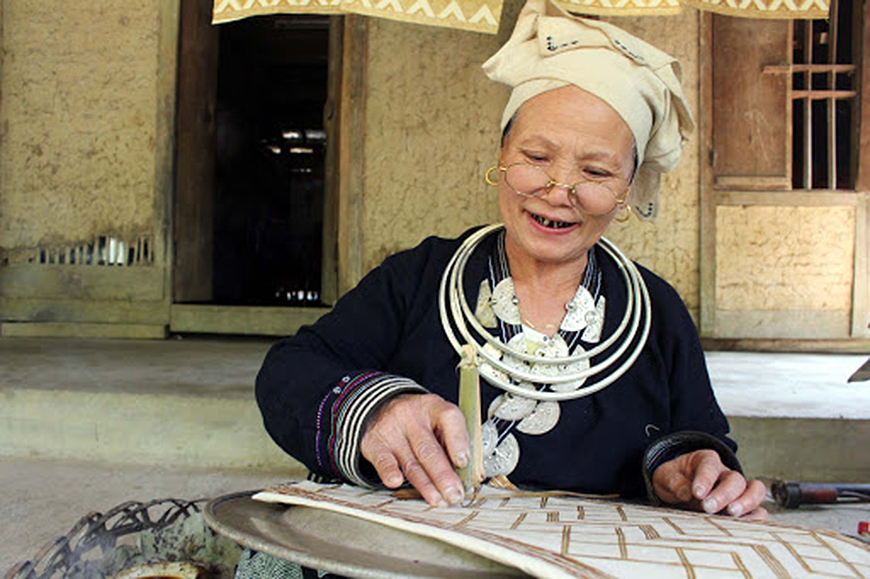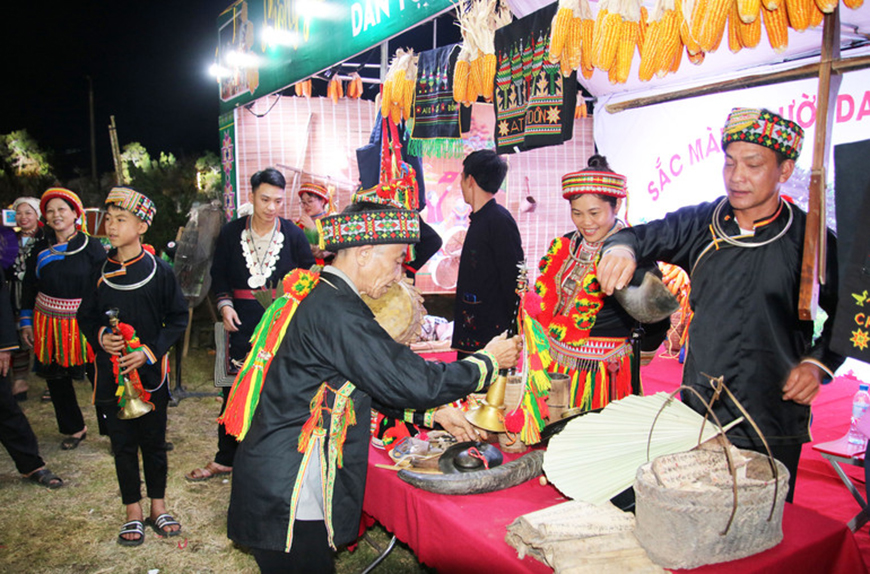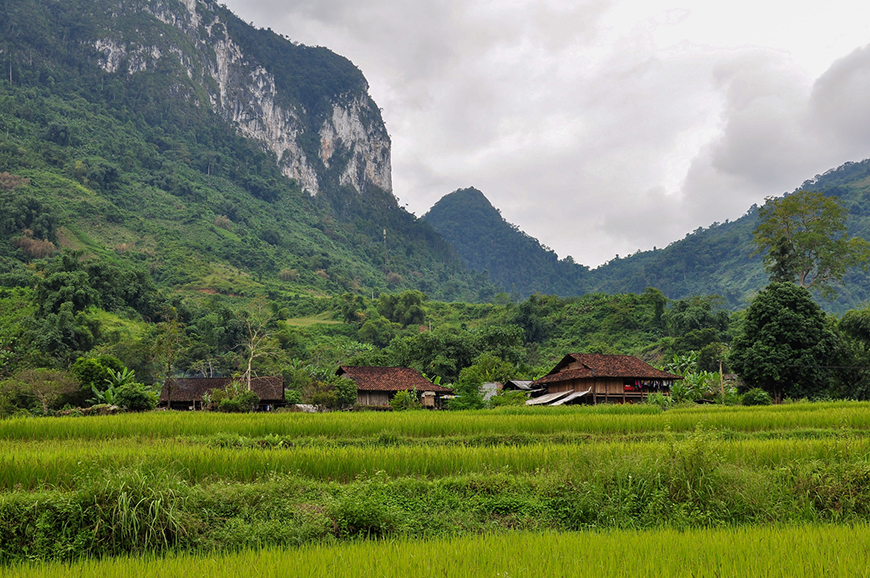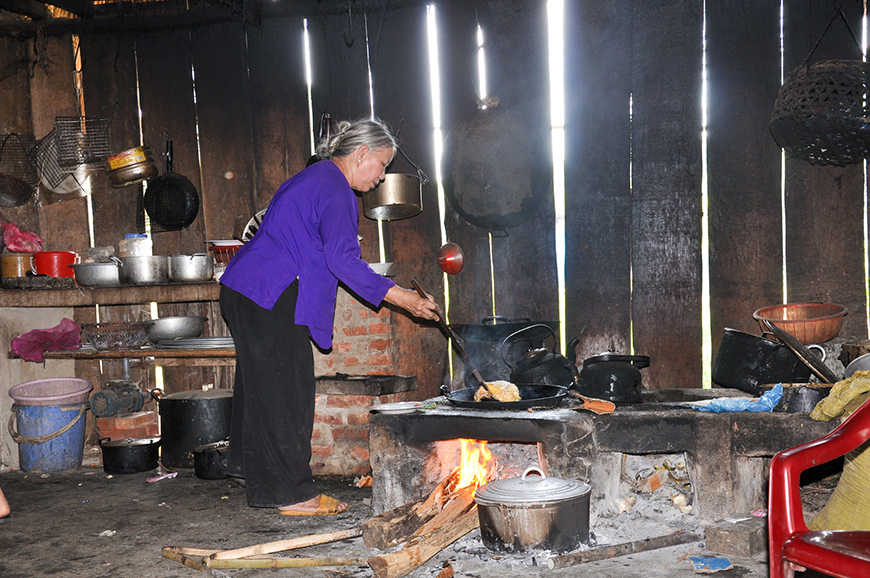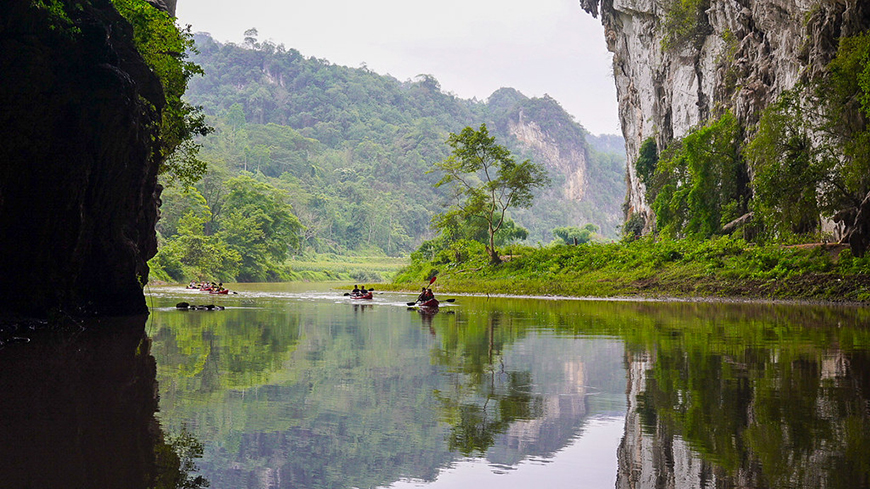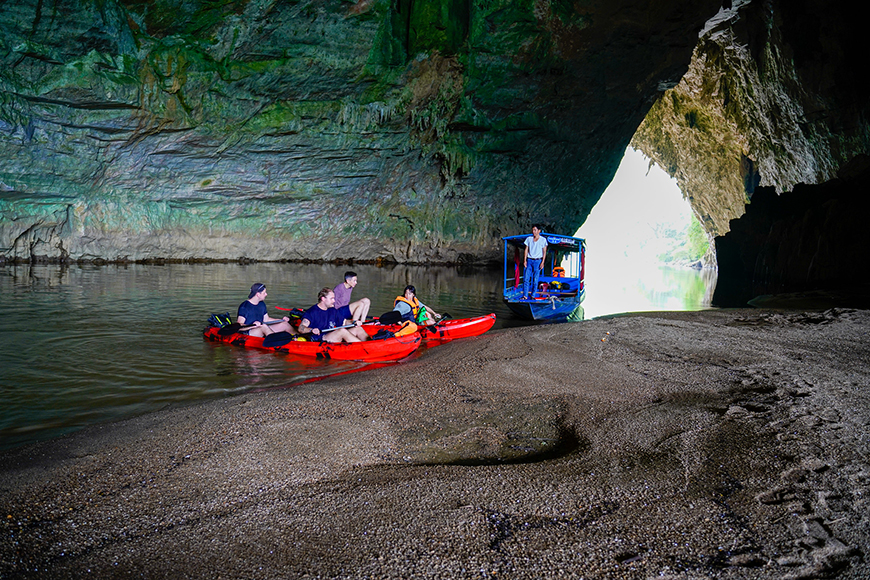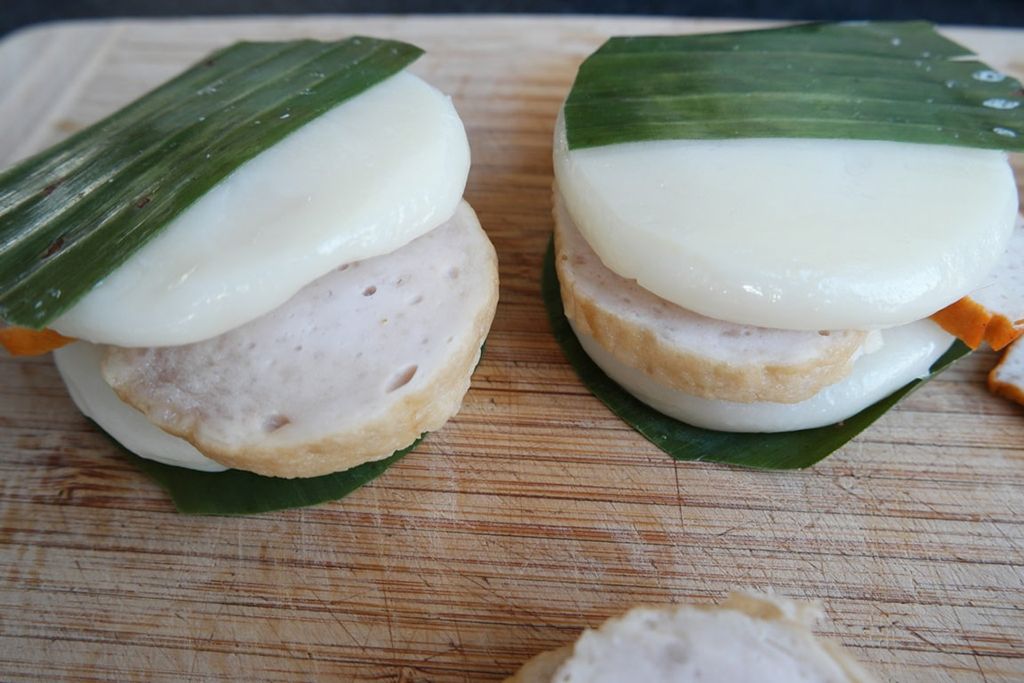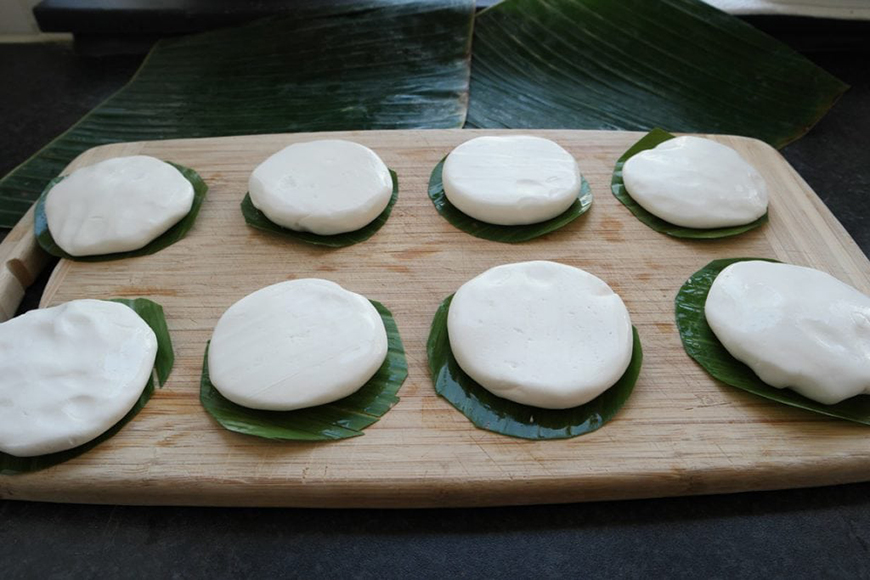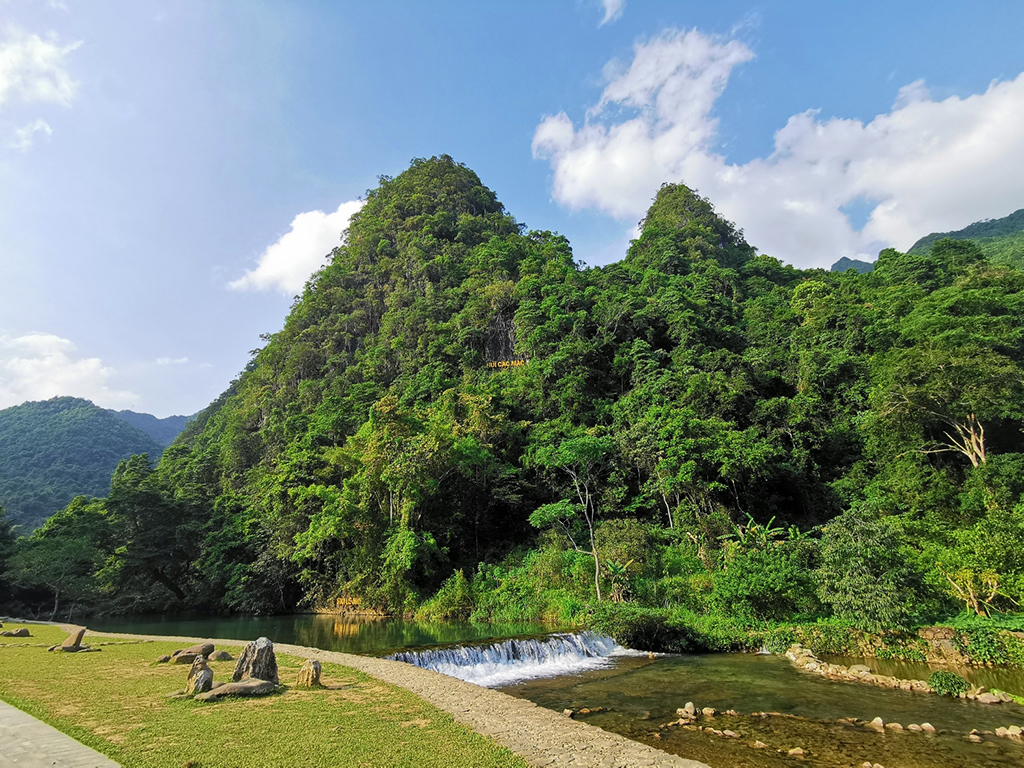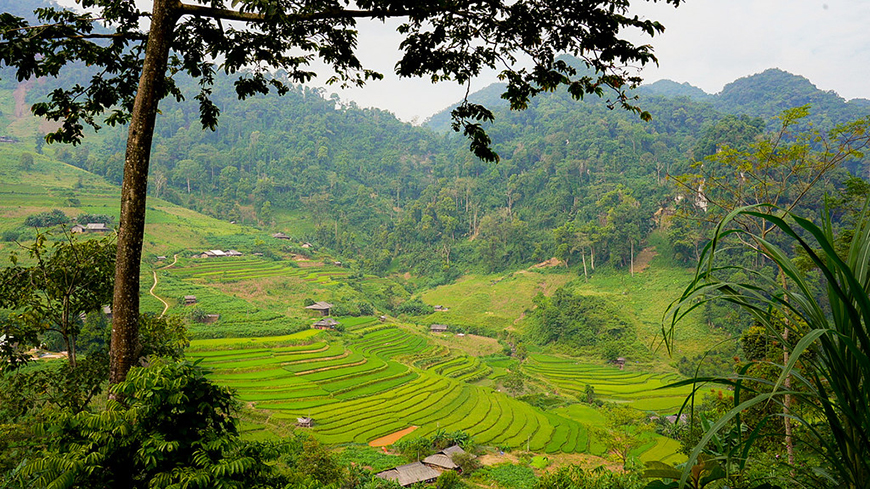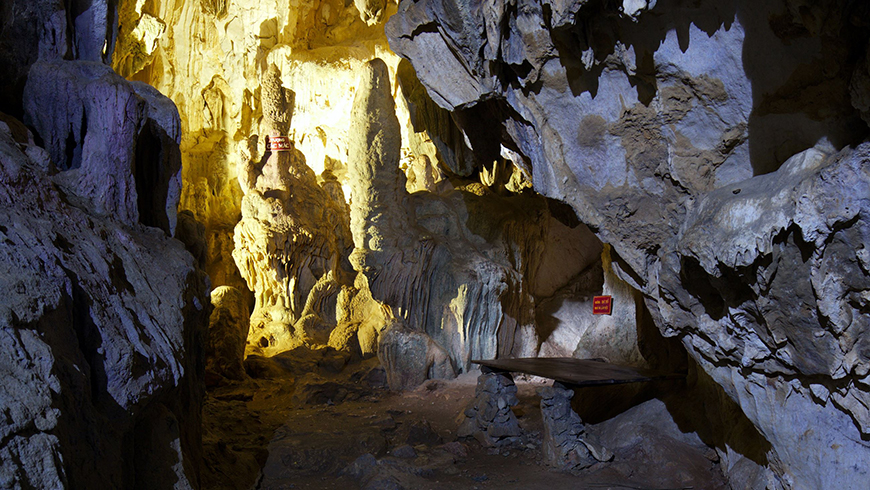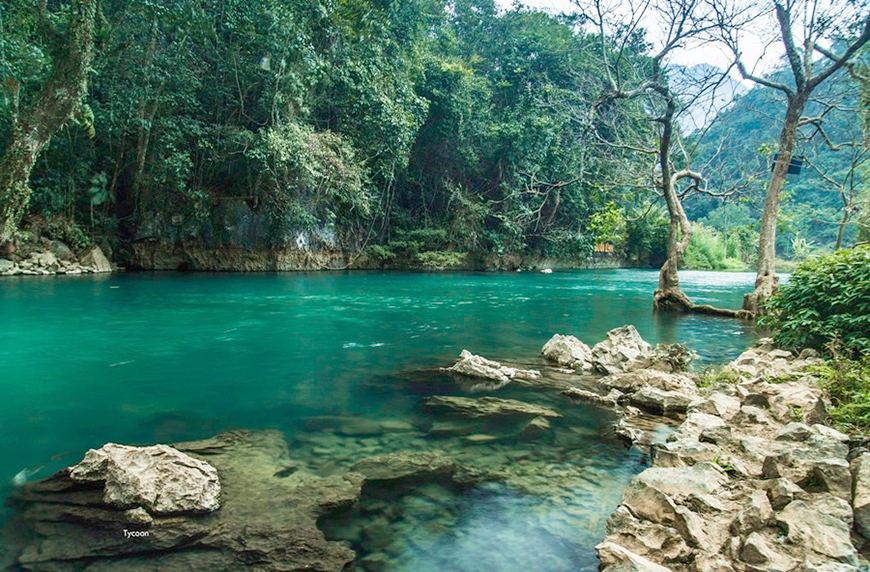The Nang River, a sinuous ribbon of pristine water, gracefully weaves its way through the dramatic karst landscapes of northeastern Vietnam. This captivating waterway presents an unparalleled opportunity for discerning travelers yearning for an authentic encounter with untouched natural beauty. Originating high within the ancient limestone mountains, the river embarks on a journey, carving a breathtaking path through a realm of spectacular rock formations. These formations, masterpieces of nature’s artistry, have been meticulously sculpted by the relentless forces of erosion over countless millennia, each layer telling a silent story of time and transformation.
► Learn more :The Nang River

A deep dive into geological marvels
The imposing limestone cliffs that stand sentinel along the Nang River’s banks serve as a profound testament to the region’s rich and intricate geological history. The river’s course, a mesmerizing dance of water and stone, meanders through a quintessential karst landscape—a geological phenomenon of extraordinary beauty, born from the patient erosion of soluble limestone rocks. This protracted process, unfolding over millions of years, has etched a complex network of hidden caves, subterranean rivers, and unique, otherworldly rock formations into the very fabric of the land. The myriad caves and cavities that punctuate the rugged rock faces are adorned with intricate formations of stalactites and stalagmites, creating a subterranean realm of unparalleled fascination. The river itself, with its crystal-clear, serene waters, acts as a mirror, reflecting the ever-changing hues of the sky and the verdant, luxuriant vegetation that embraces it.
Activities for everyone
The Nang River and its surrounding environs provide an idyllic playground for those with a passion for outdoor pursuits. Leisurely boat excursions offer the perfect vantage point for appreciating the picturesque landscapes that grace the river’s edges, while invigorating hiking and cycling expeditions unveil panoramic vistas of the majestic mountains that encircle the valley. A refreshing dip in the river’s cool, inviting waters provides a welcome respite, especially during the sweltering heat of summer. Furthermore, the Ba Be region, celebrated for its awe-inspiring caves, offers access to some of the most stunning examples of subterranean beauty, with the Nang River serving as a natural conduit to these hidden wonders. Puong Cave, in particular, with its dramatic and imposing limestone formations, stands as an unmissable highlight for any visitor.
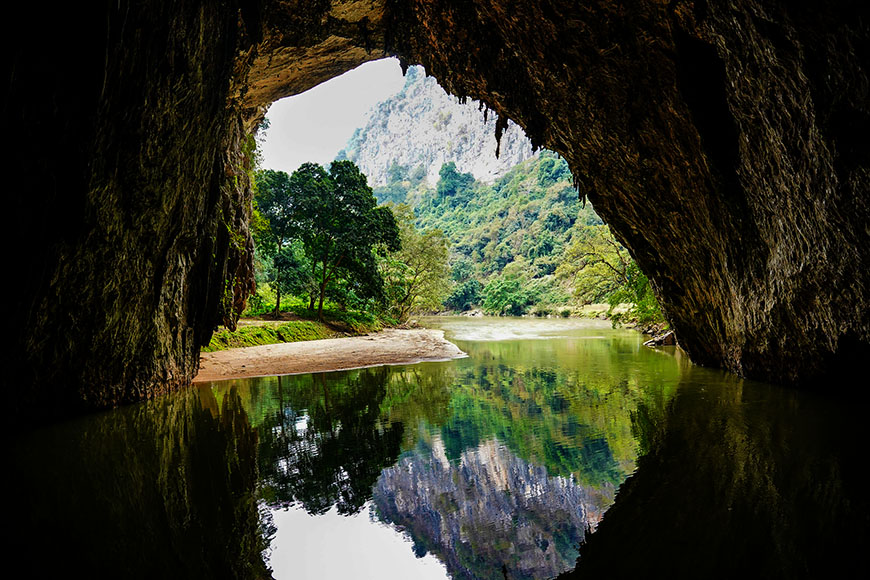
The best time to visit
The ideal time to visit the Nang River is from September to November, when the climate is mild and dry. The pleasant temperatures allow you to fully enjoy outdoor activities, while the landscapes are adorned with autumnal colors, offering an unforgettable spectacle.
An escape to untouched tranquility
The Nang River remains a hidden gem, largely untouched by the encroaching tide of mass tourism, making it an ideal sanctuary for those in pursuit of authentic experiences and serene tranquility. The traditional villages that dot the riverbanks offer a captivating glimpse into the rhythms of local life, while the bustling local markets brim with handcrafted treasures and the tantalizing aromas of regional culinary specialties.

Ba Be Jungle Houses:
Your starting point for adventure
For an immersive and truly unforgettable experience, a stay at Ba Be Jungle Houses provides privileged access to all the natural wonders and cultural treasures that the region has to offer. This unique accommodation serves as the perfect launching pad for exploring the depths of the Nang River and the broader Ba Be National Park, ensuring a journey of discovery that will resonate long after your departure.
